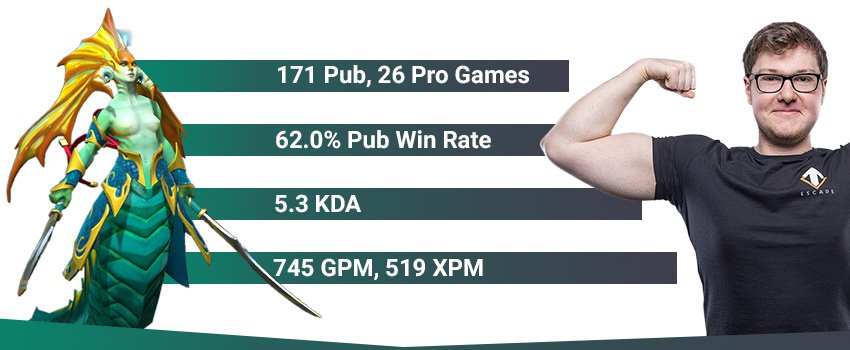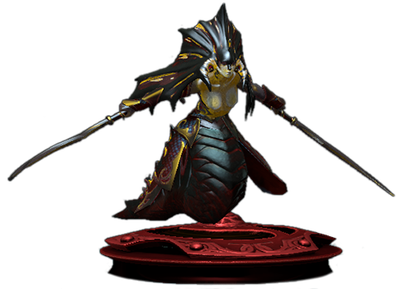Song of the Siren is your in-game “pause” button, which affects only your enemies. This is quite strong; however, at the same time, if misused, it might be the cause of serious blunders, so you should think when and how you use it very carefully and also quite quickly, as you might miss a perfect opportunity.
Defensive Use:
The most straightforward way to use Song is to disengage - you can literally stop a fight and walk away from it if you wish to do so. You can do this to save yourself, save an ally or prevent a fight from happening in the first place. Remember that the Song works around you, so if you run (or TP) away before your allies do, they will be in danger once again (your opponents will wake up). Therefore, it is a good practice to wait for your allies to get away and run or TP away last. Don't forget to cast your TP at least 3 seconds before the Song ends; otherwise, you might get disabled by an enemy who has just woken up from your ult.
When enemy units (towers included) are under the effect of Song, they are fully disabled but also invulnerable at the same time. This means that you could end up saving your enemies from some powerful damage spell your allies have cast (e.g. Invoker Meteor, Macro Pyre, etc. will not do any damage to the targets that are sleeping in their AoE). This, sometimes, is unavoidable if you want to save someone’s life. Nevertheless, in most situations, you should take care not to do this. If you are using voice chat with your allies, you should say you are casting the spell before you do it so that your allies know not to use important spells just before that moment.
When you use the spell to disengage, it is vital not only to look at your HP but at the HP of your allies. Whenever you are a support, a priority should be to save your cores, most importantly the farmed carries. Saving yourself just after the fight is lost and your cores are dead isn’t a good outcome at all as casting it a bit sooner might have prevented your team’s important heroes from dying.
Initiation:
The other common use is to initiate with the spell. If you catch enemy heroes close to each other, it is smart to hit the Song button right away as you will buy time for your teammates with AoE spells to position themselves for a powerful combination. Your ultimate comes with an off button, so when your allies are in position, you can simply turn off the spell to allow the combo to take effect (just before or just after the spell of your ally, depending on what it is - e.g. just after Black Hole or just before Ravage).
The Song AoE follows you around, so if you have a mobility item (e.g. Force Staff), you can cast your ult and use it afterward to move in range very fast and not allow your opponents to react. Even without such items, however, it is usually easy to catch all enemies because of the huge AoE.
When initiating a fight, while the ult is still running you can use the time to cast your Mirror Image, move your illusions next to separate targets and prepare yourself to cast Rip Tide just as the Song ends.
Remember that you don't always have to start a big team fight with Song. You can use it for pickoffs - if heroes are running away from you, you can use Song to disable them, catch up and kill them off with your allies. After a favorable team fight, you can use this tactic to finish off low-hp stragglers.
Finally, be careful what fight you are starting. If you use Song to initiate, and you clump up to deal damage, when you turn it off, an enemy might catch you with a powerful AoE before you catch him/her. Try not to clump up around such dangerous targets - Tide, Enigma, Magnus, etc. BKB might also render some of your combos useless, so always try to consider which enemy will be able to click BKB just as the Song ends.








